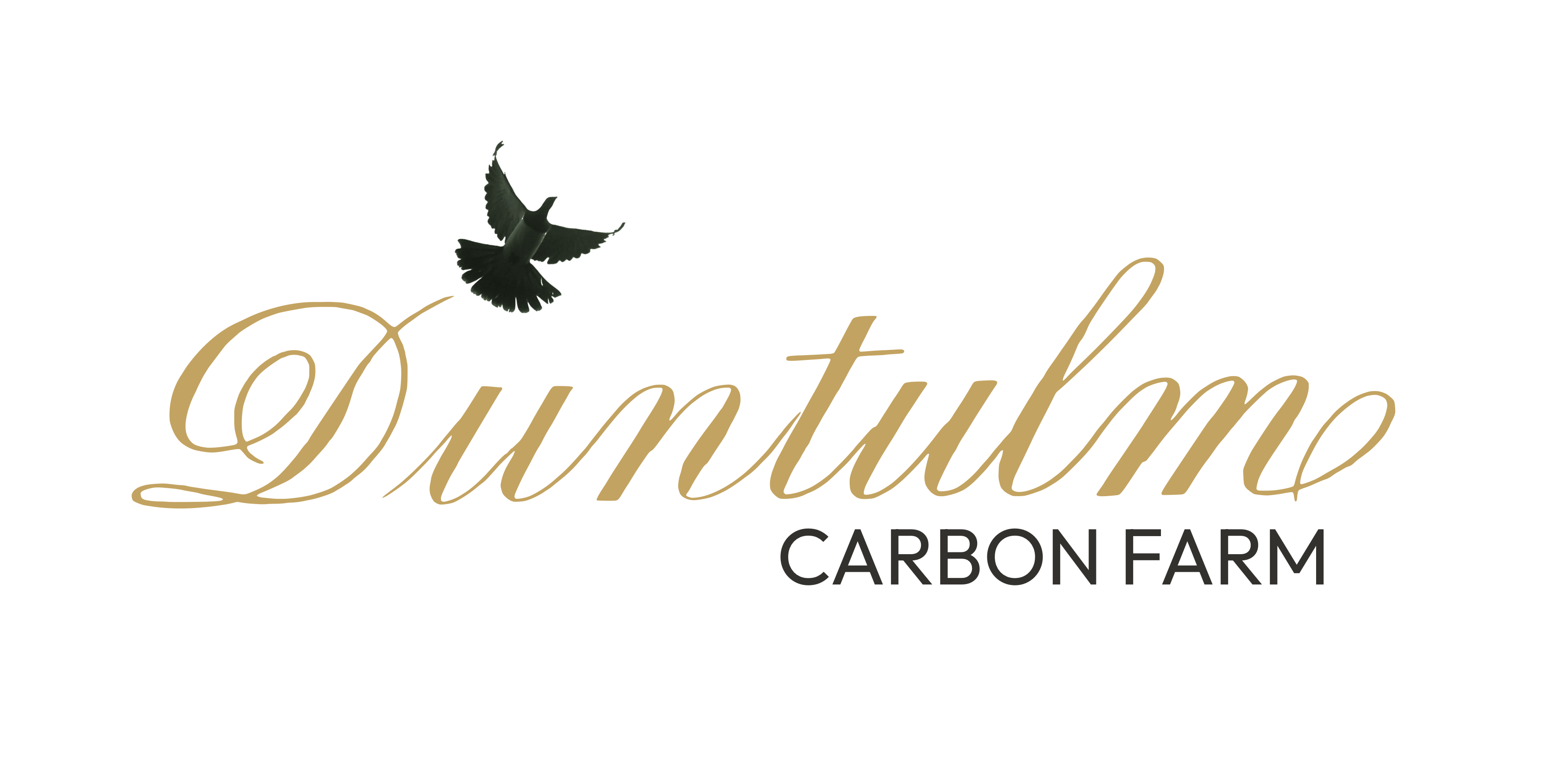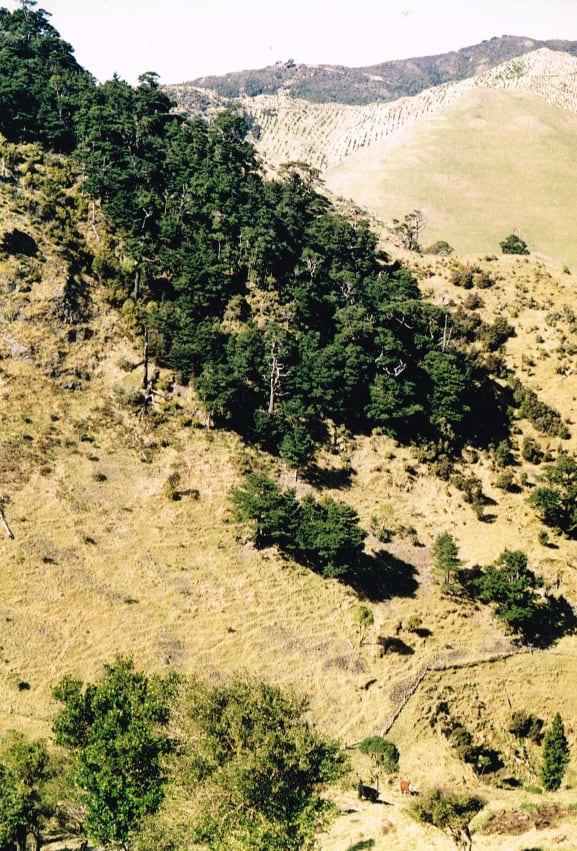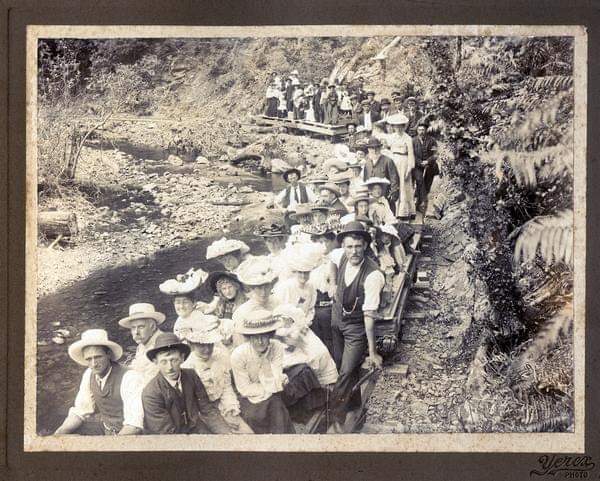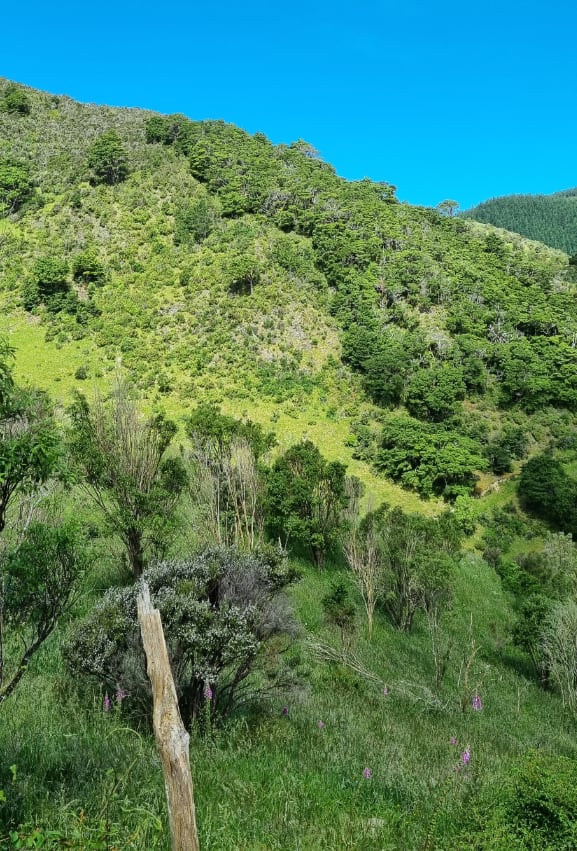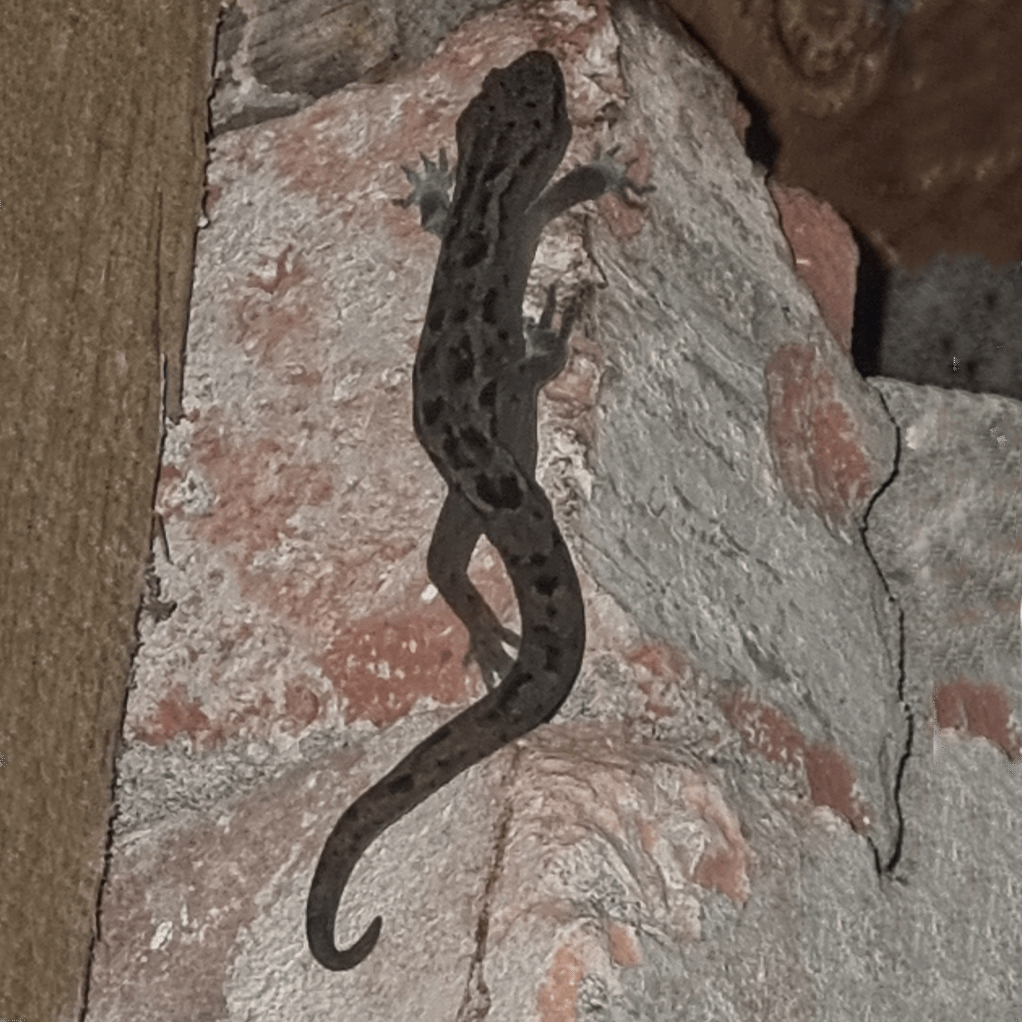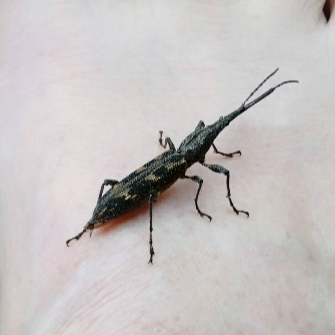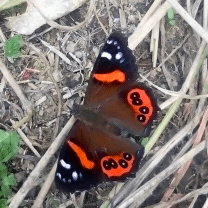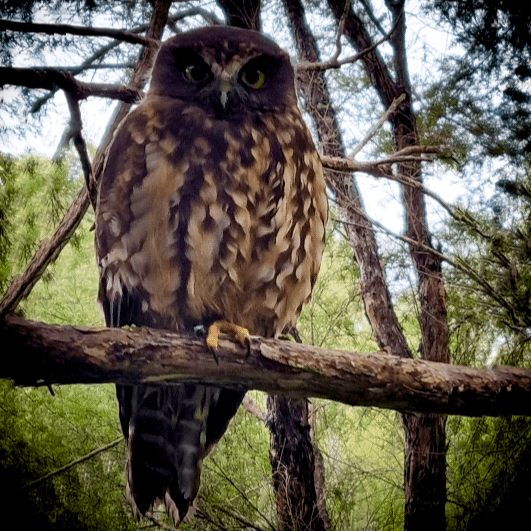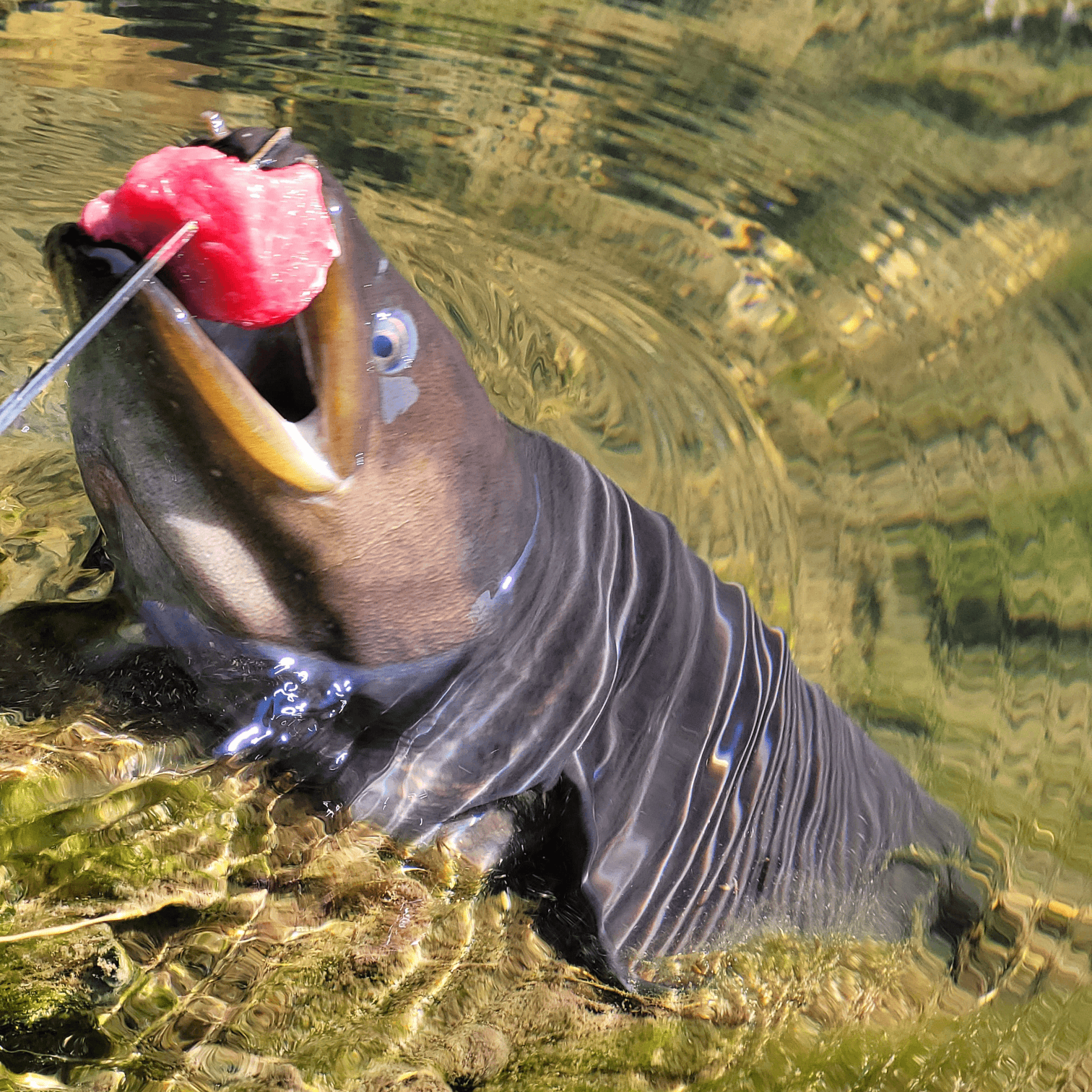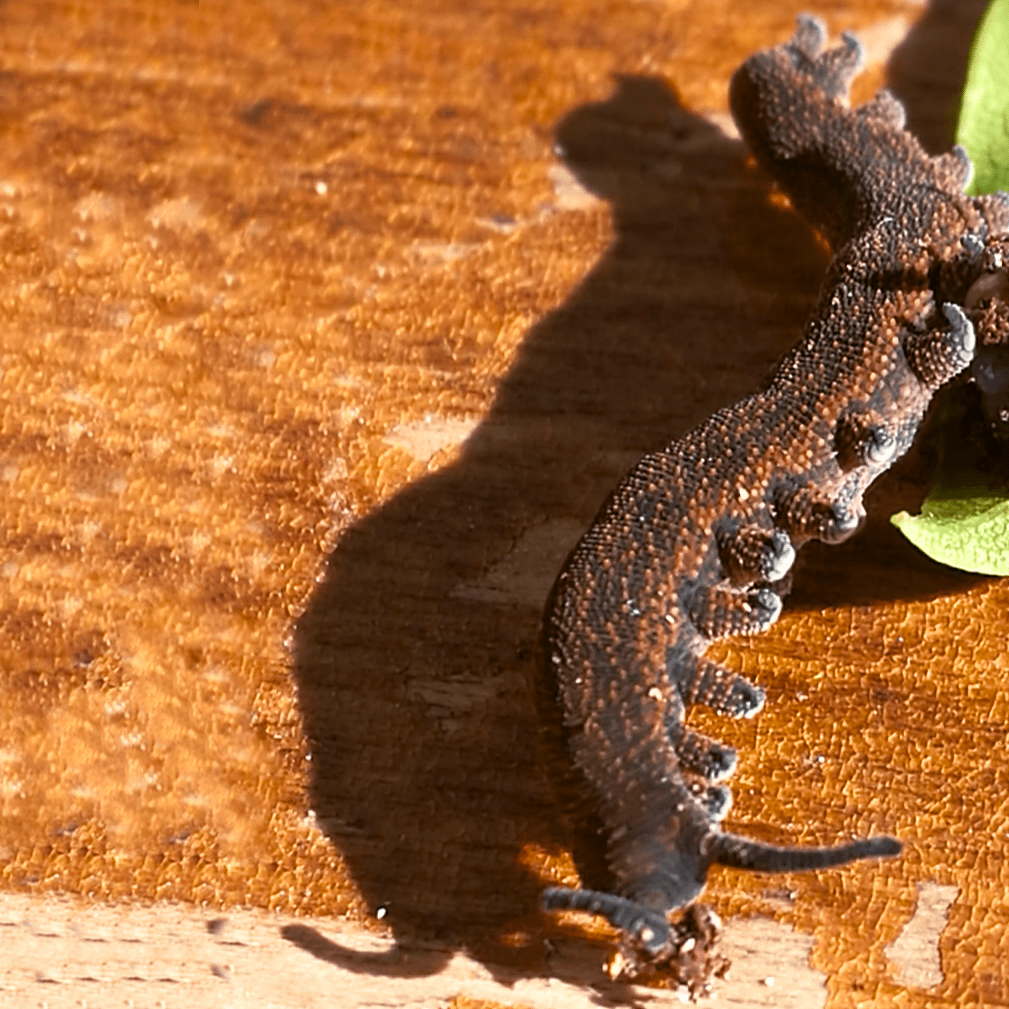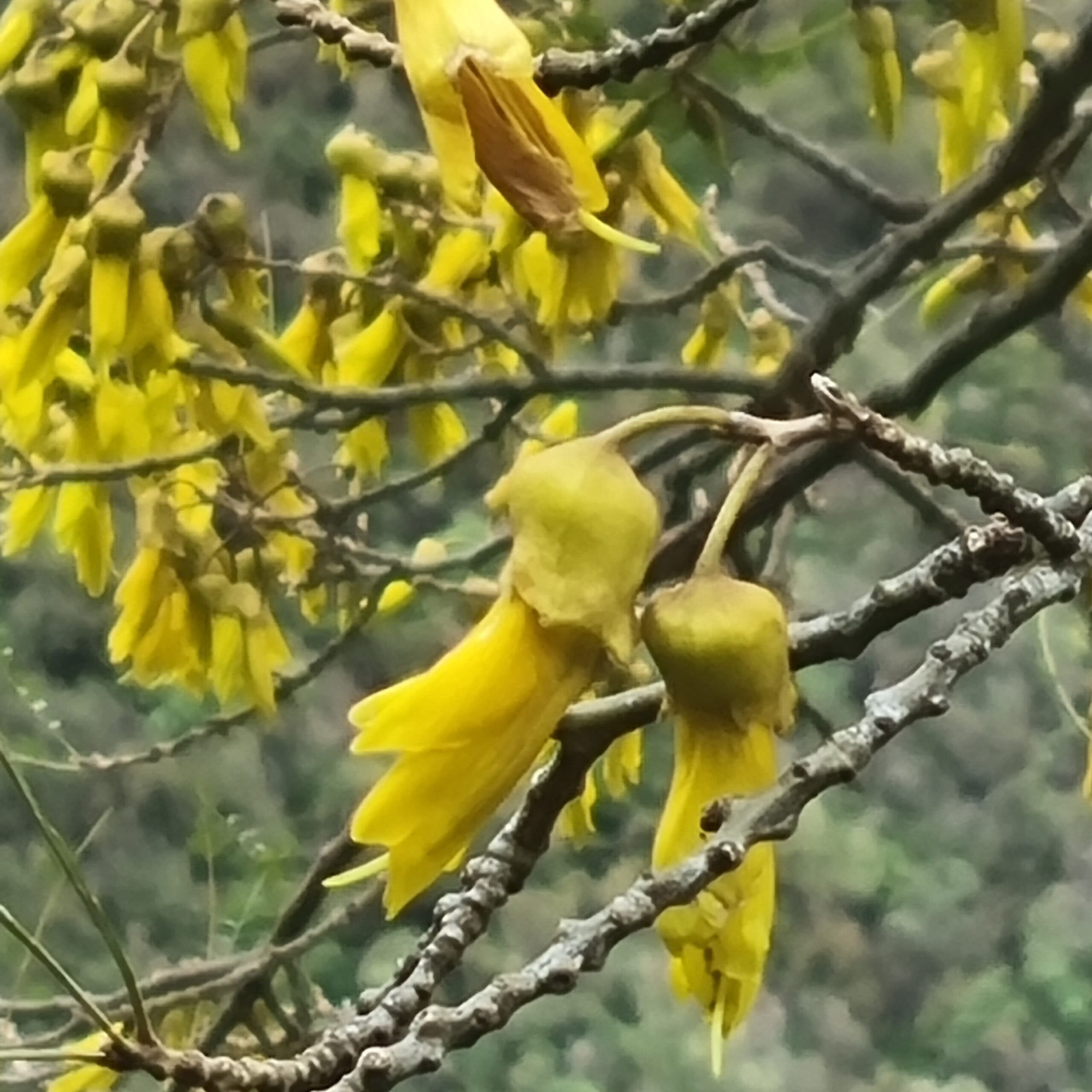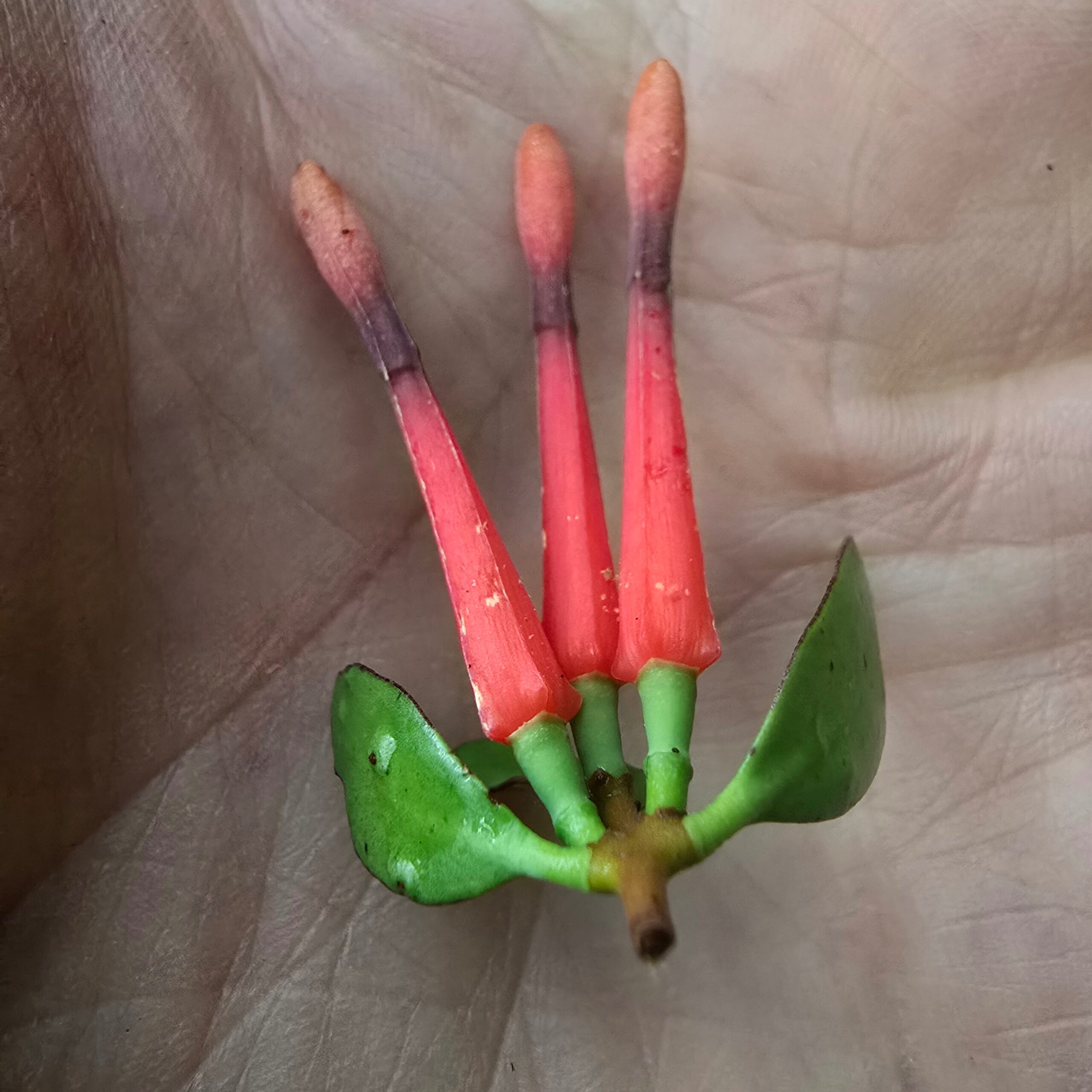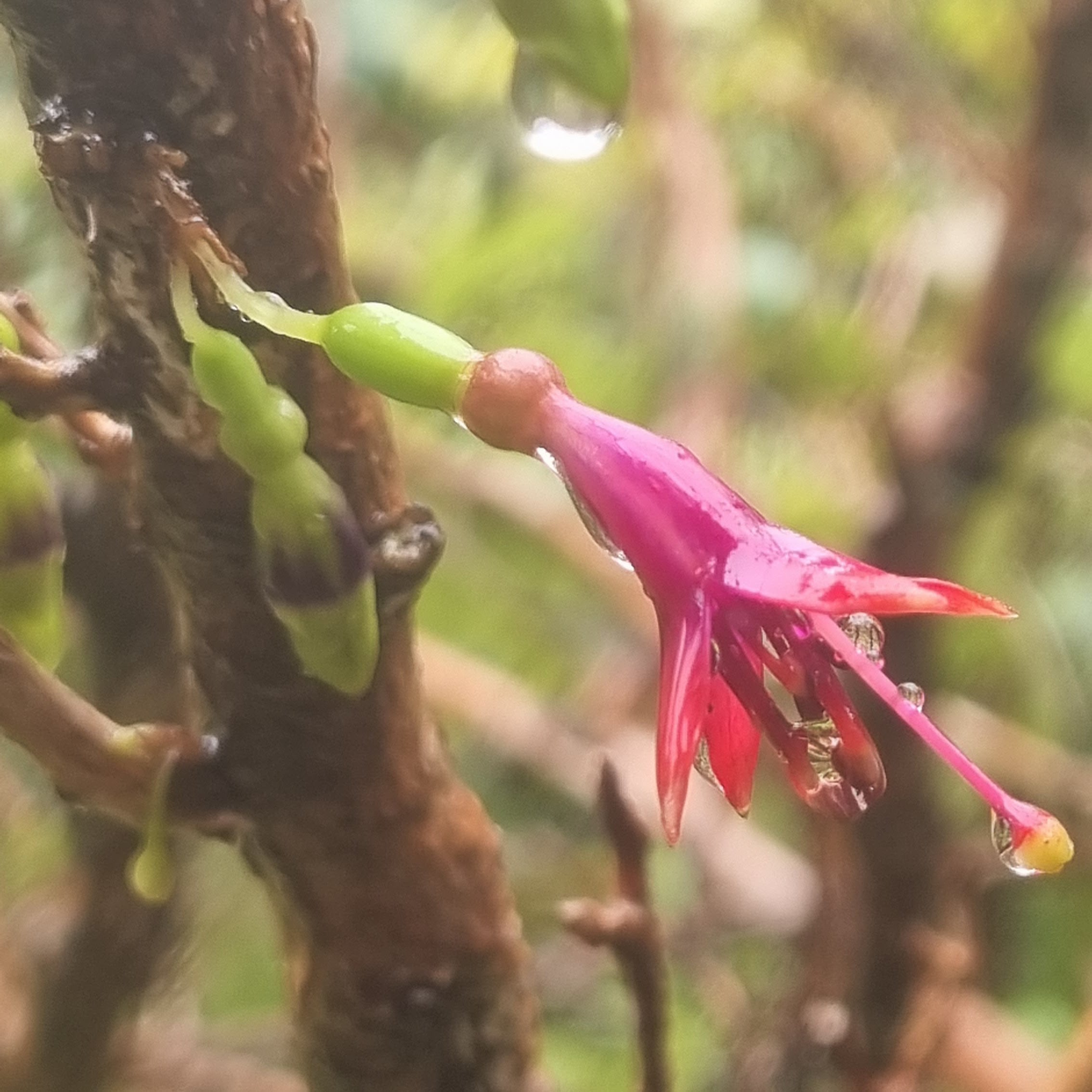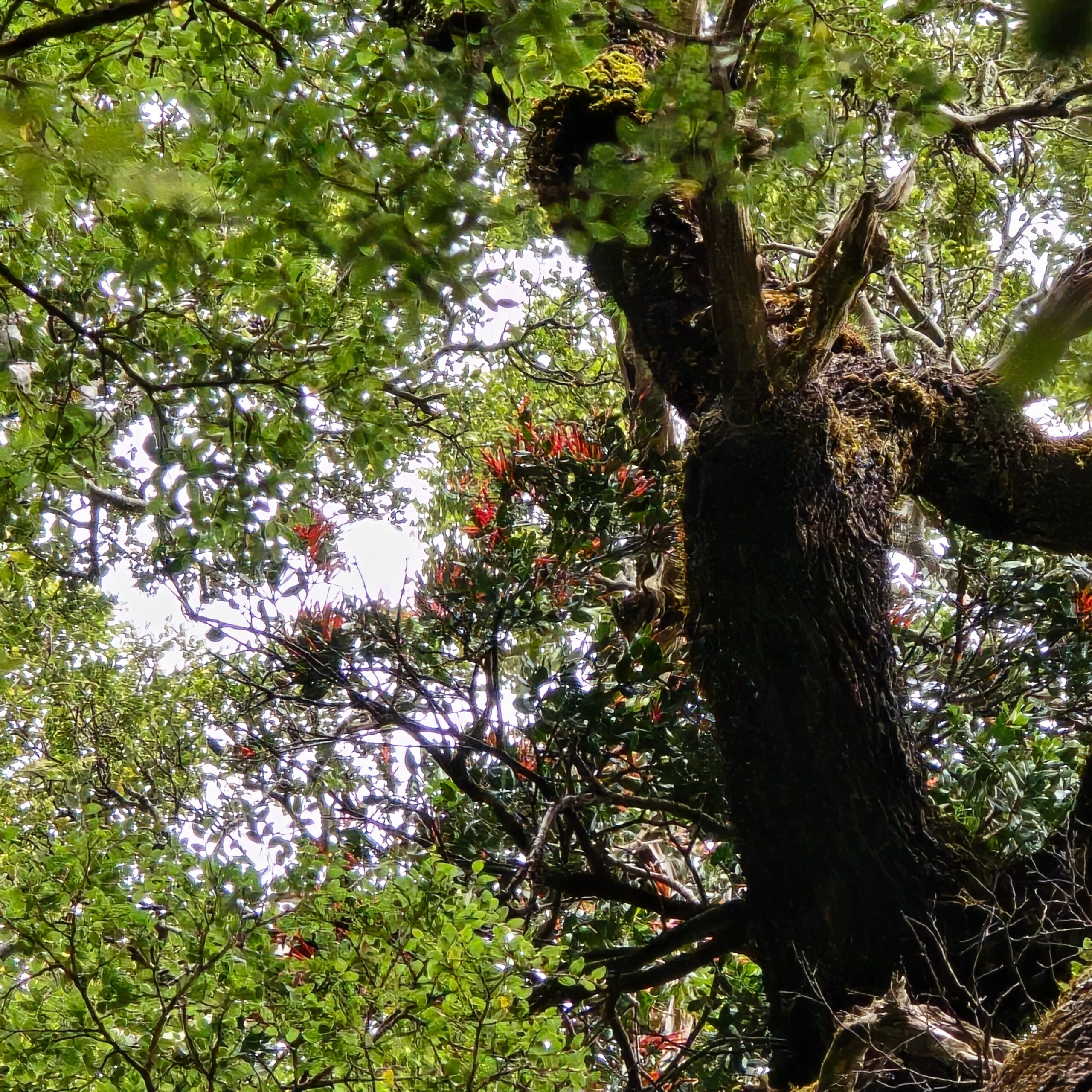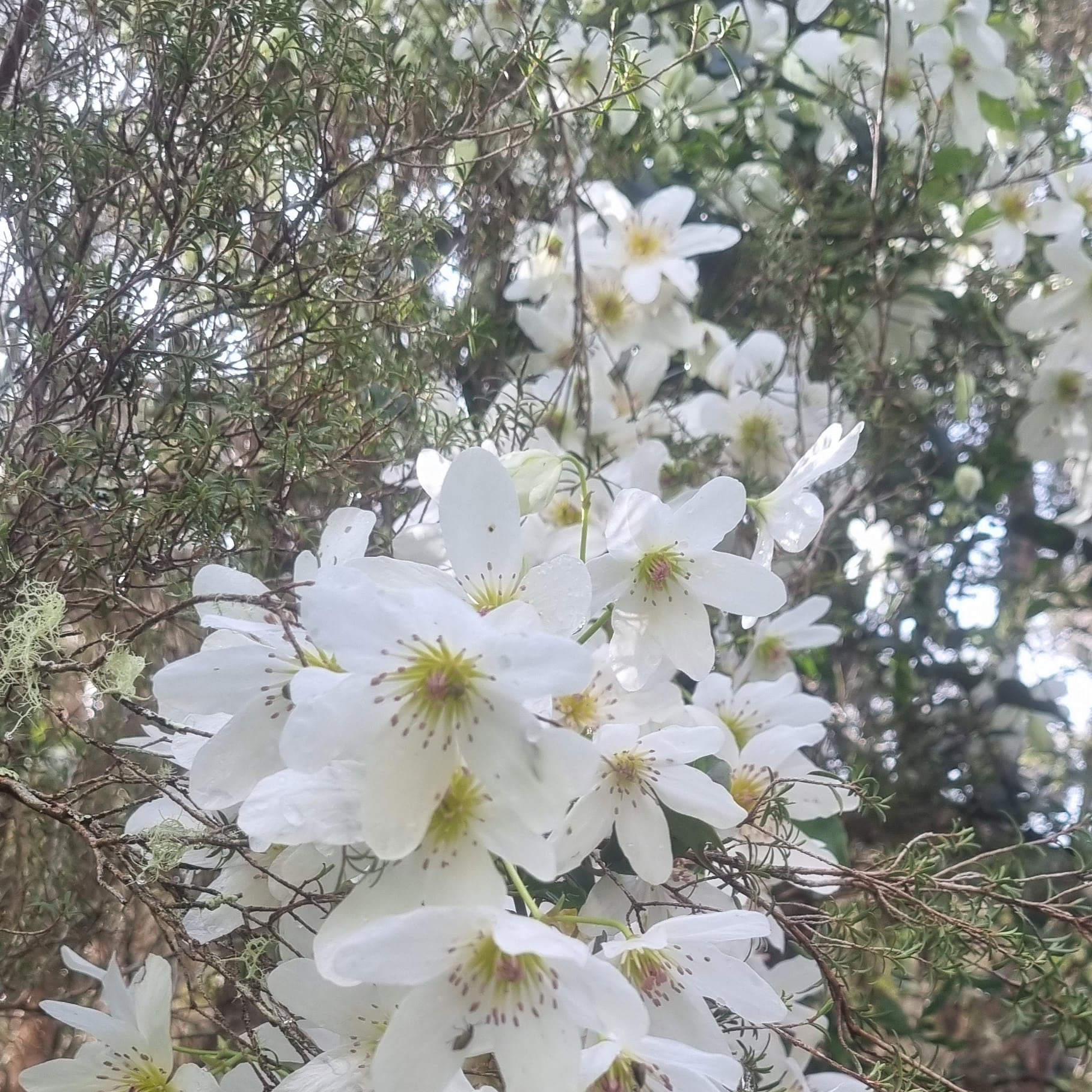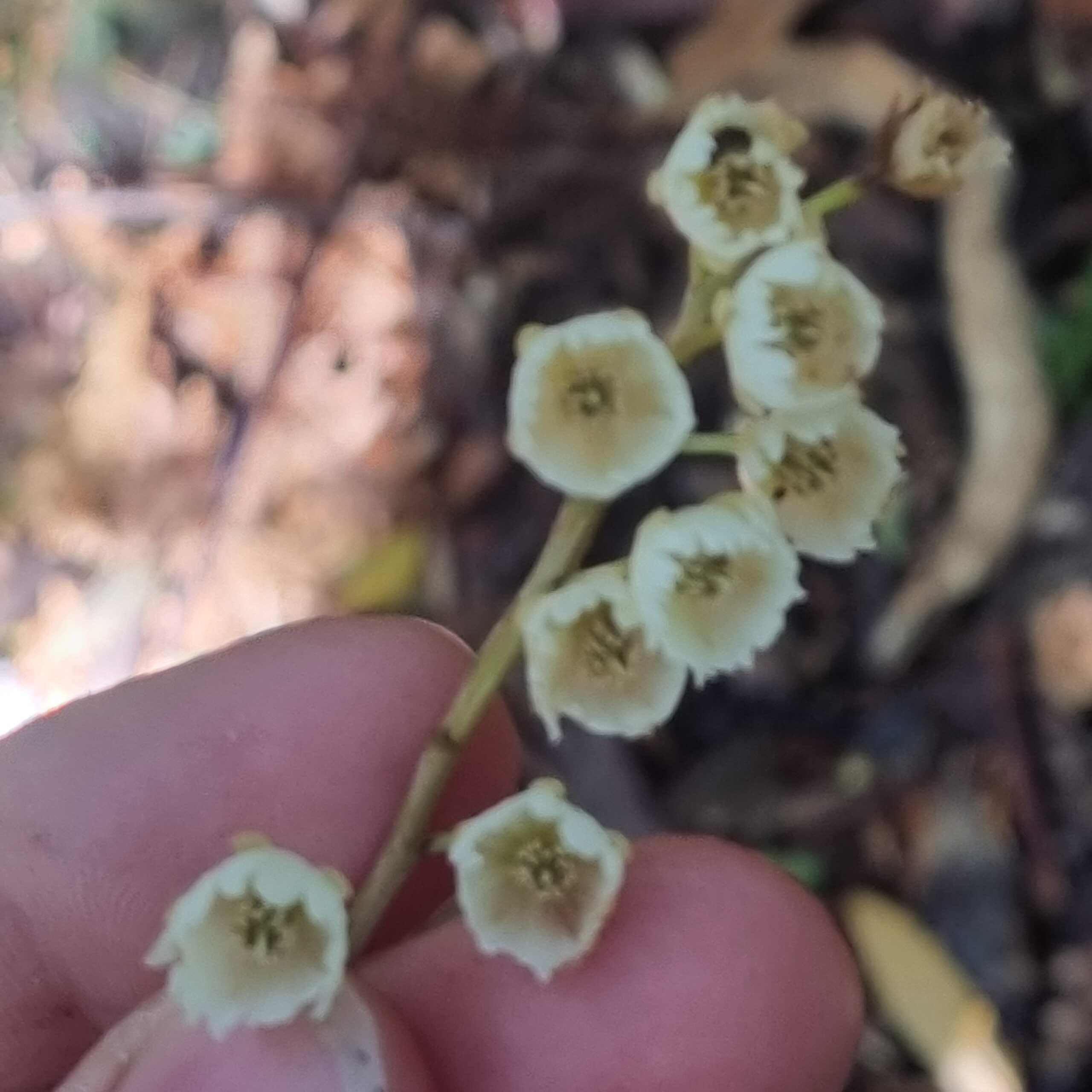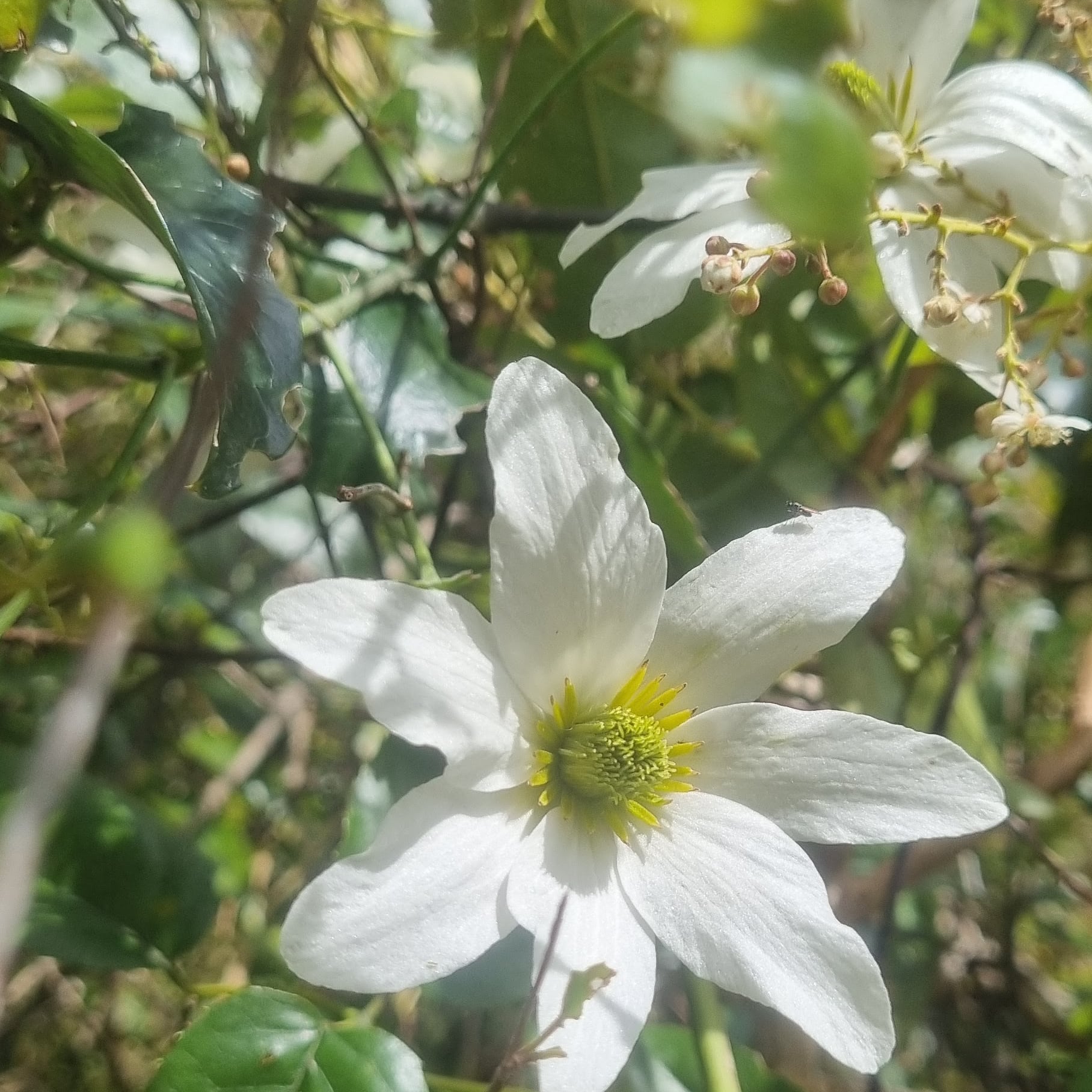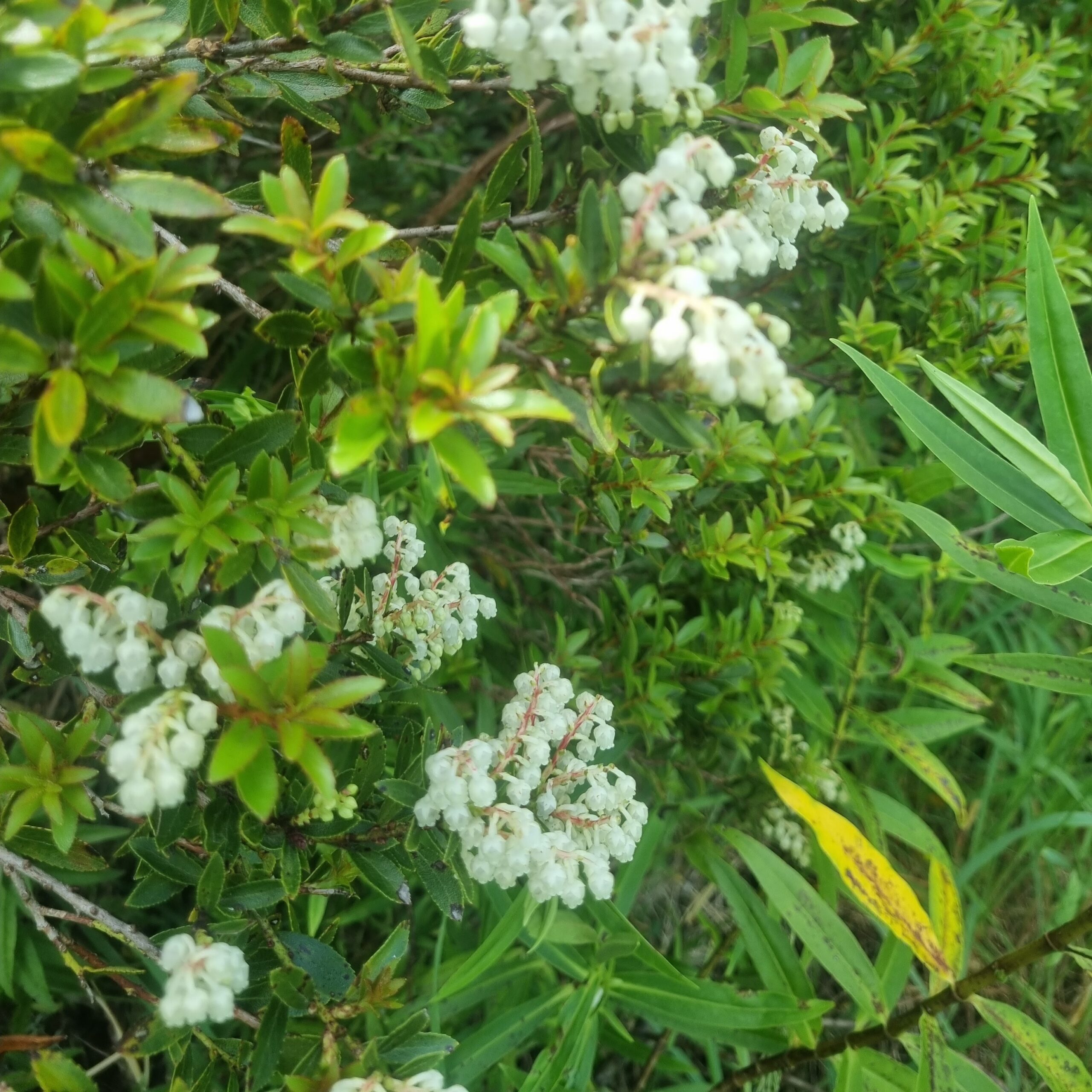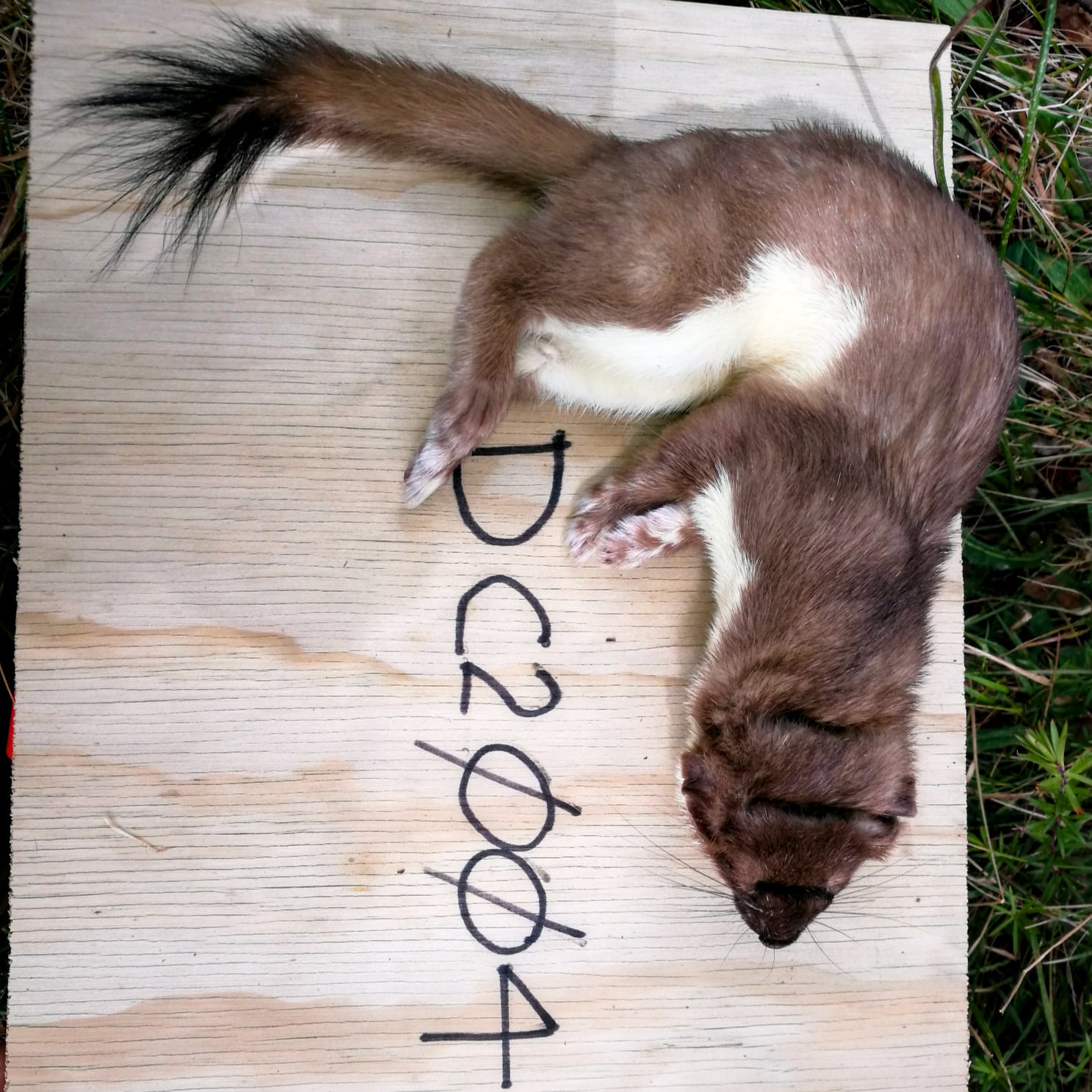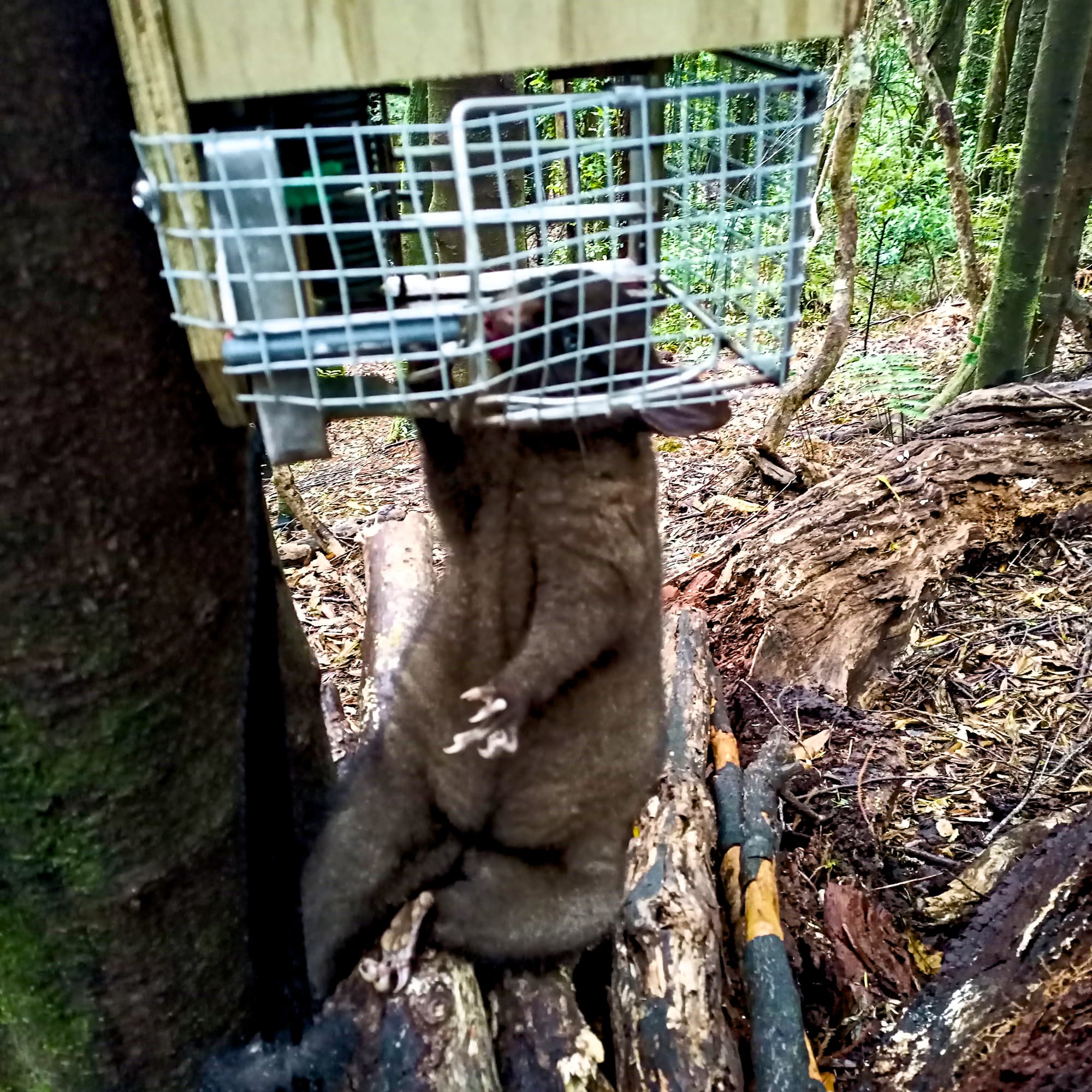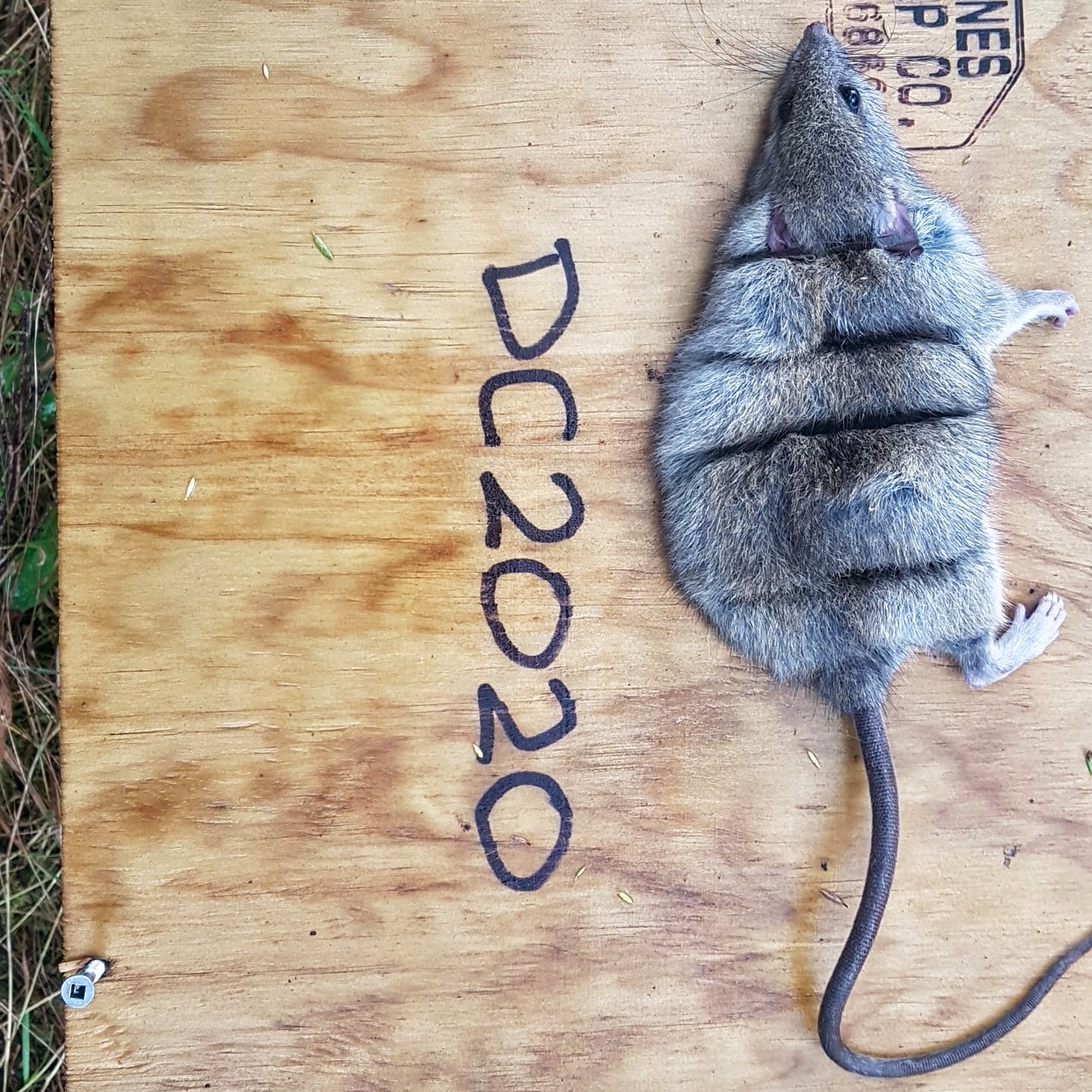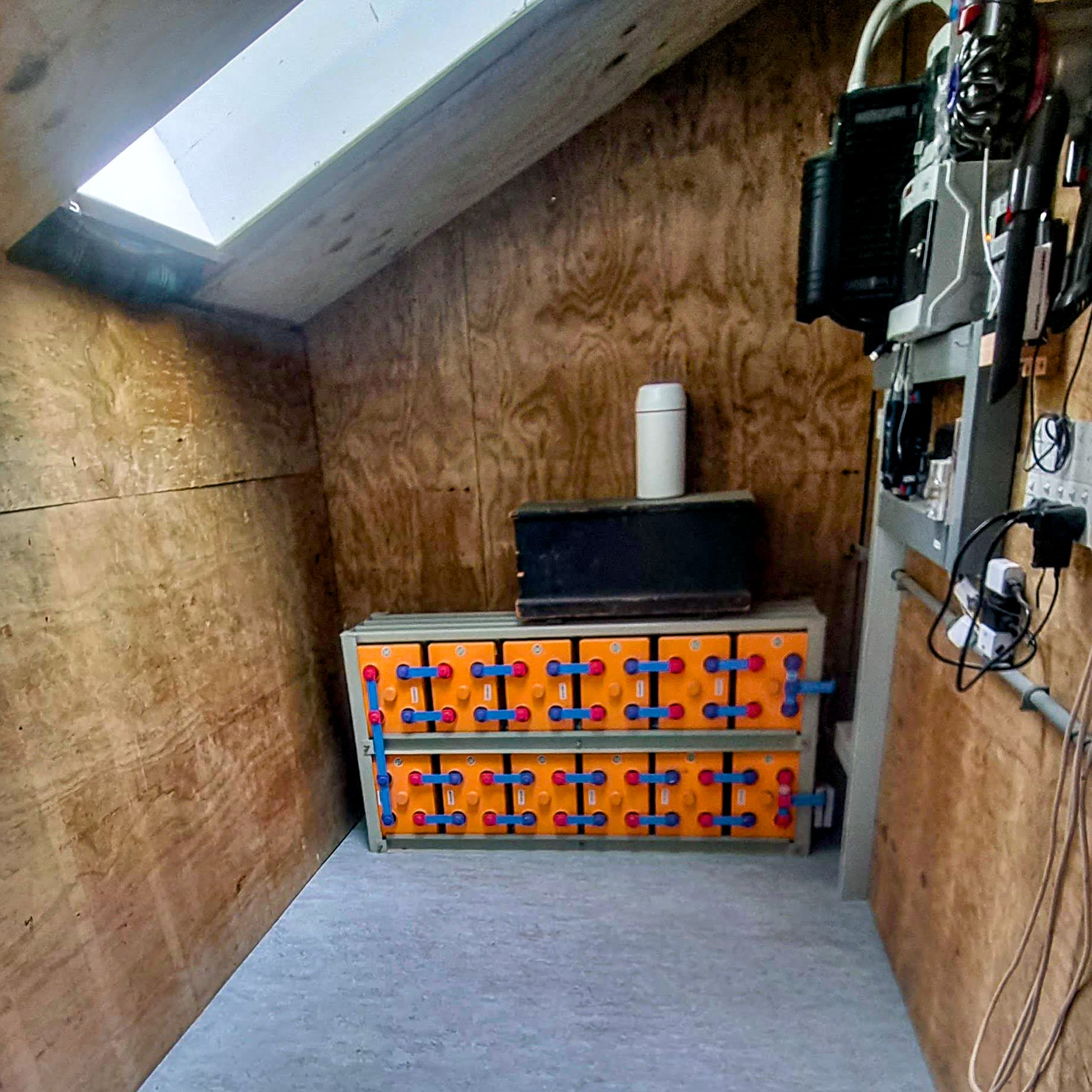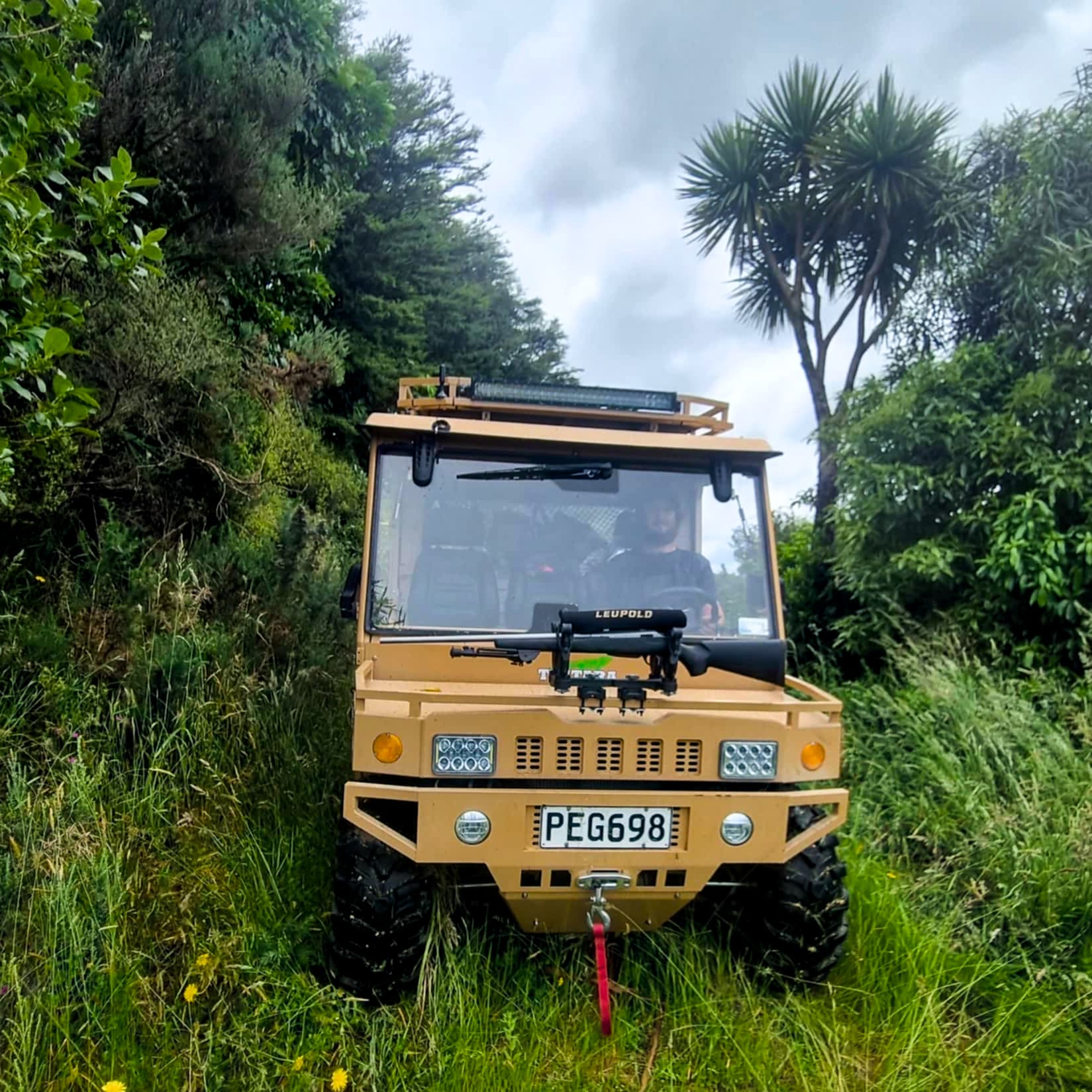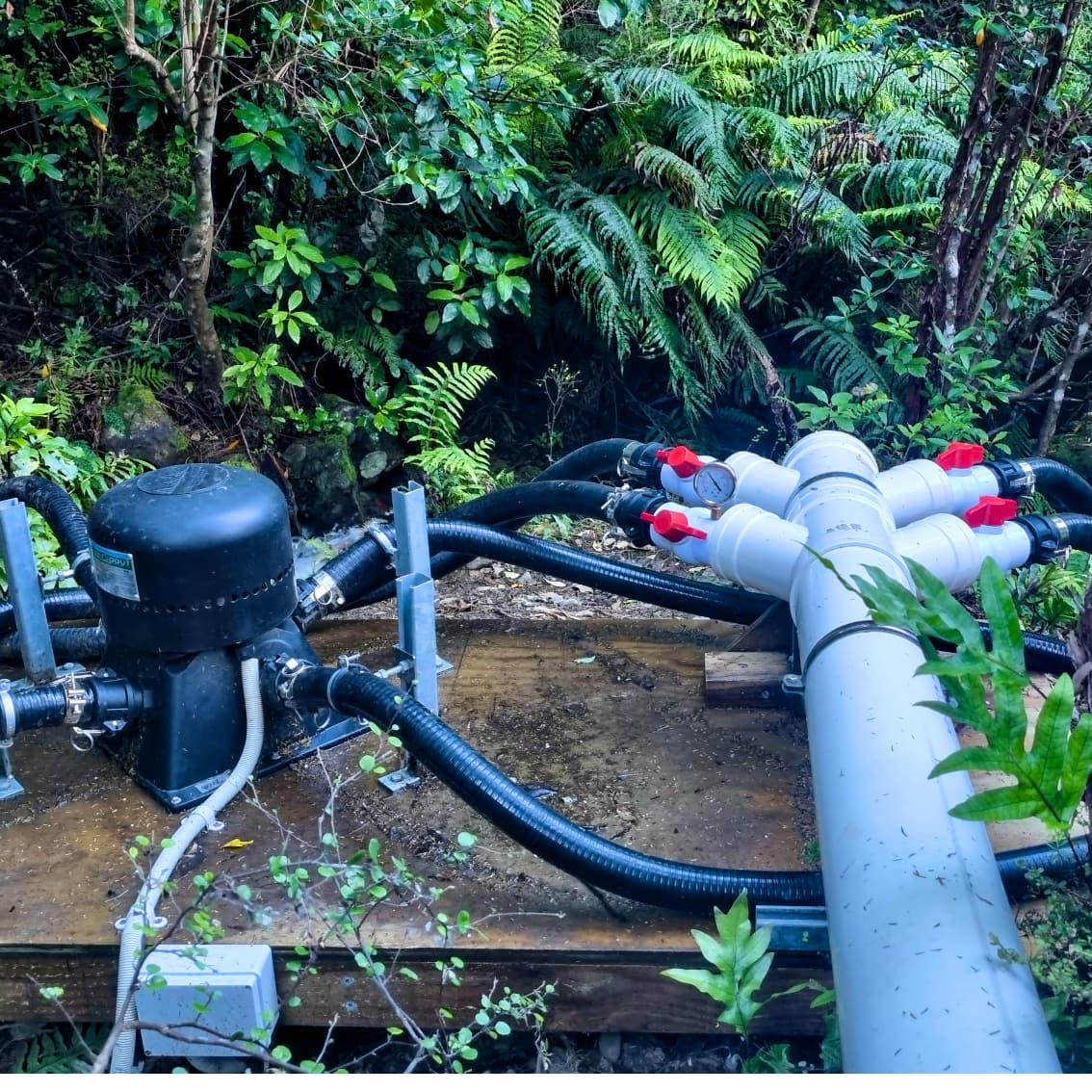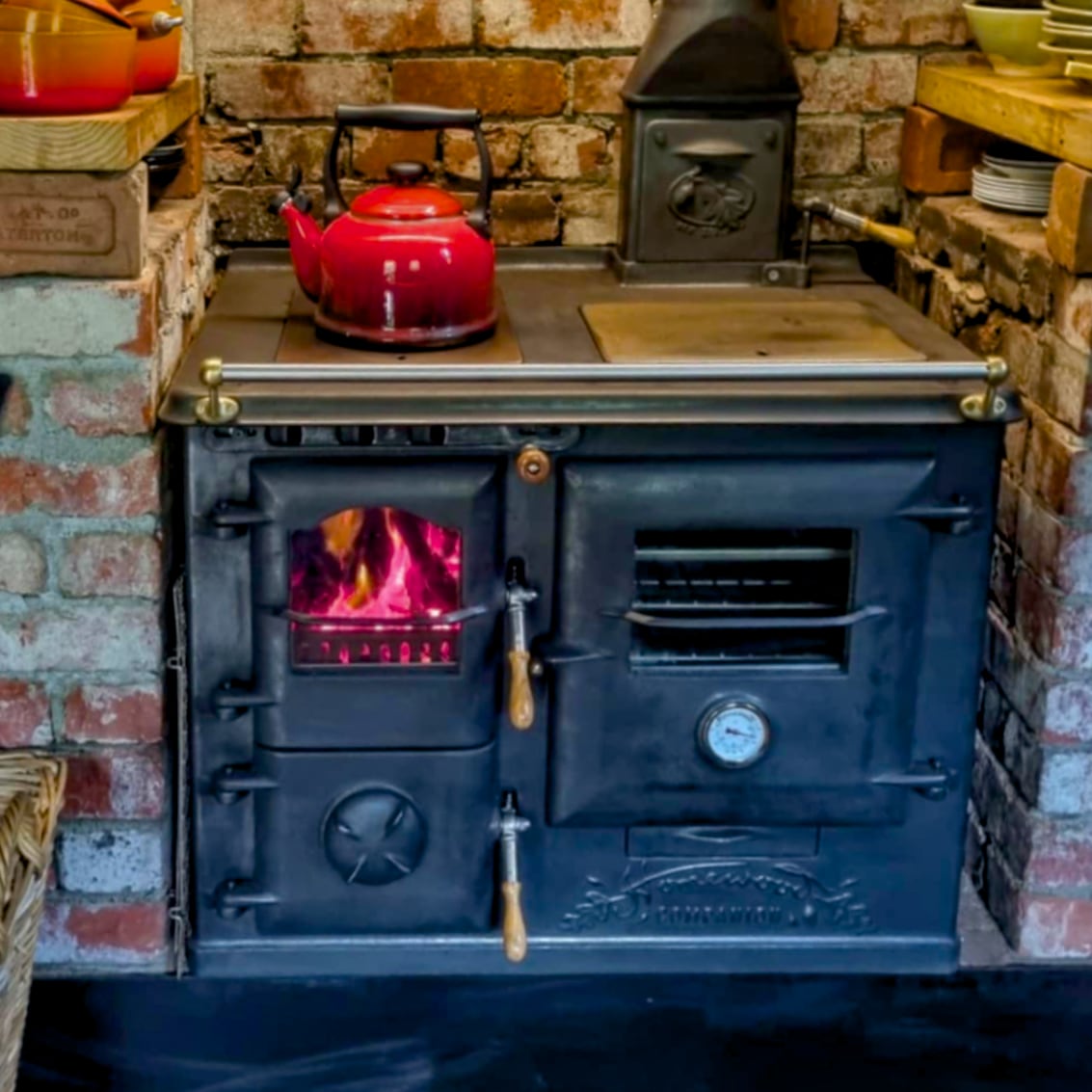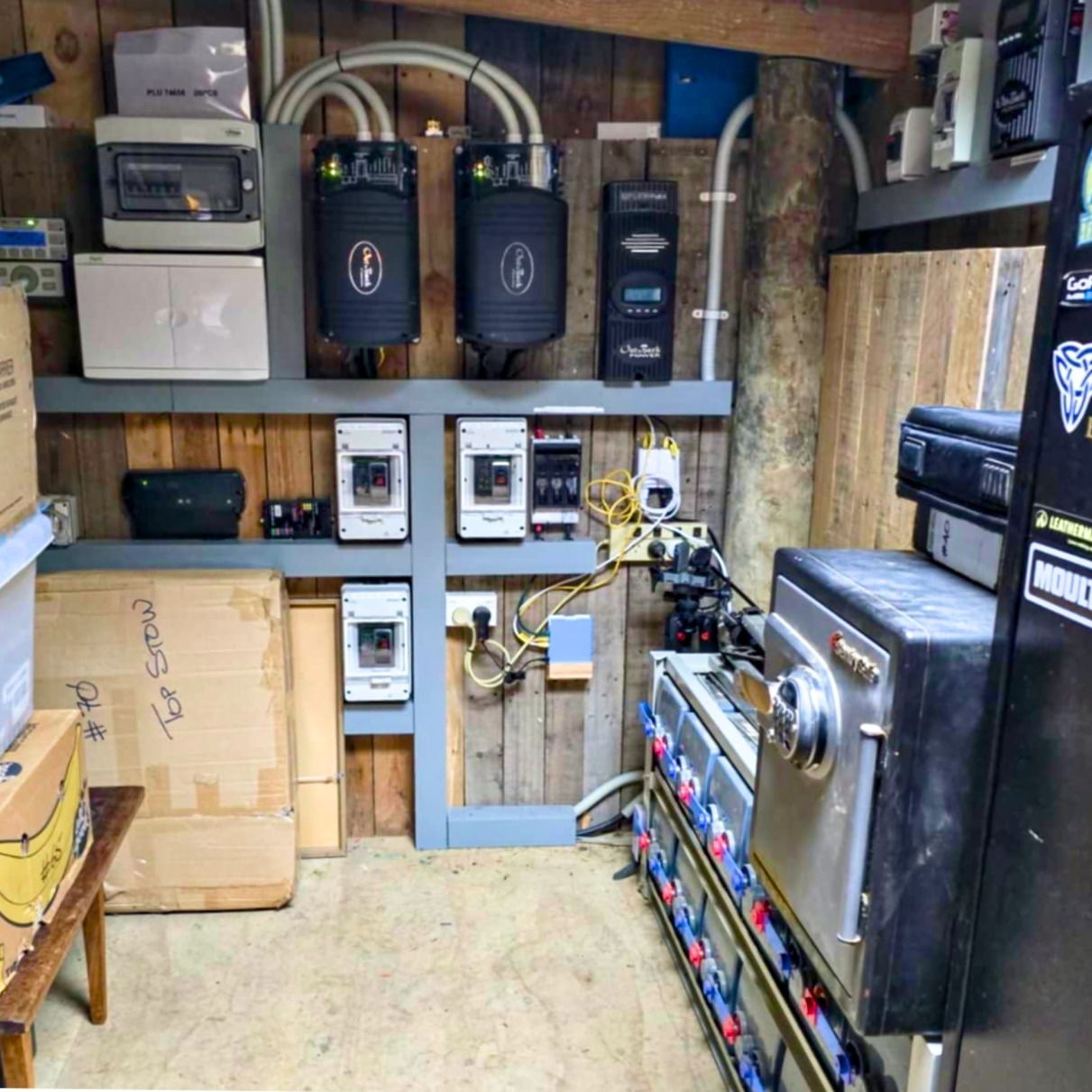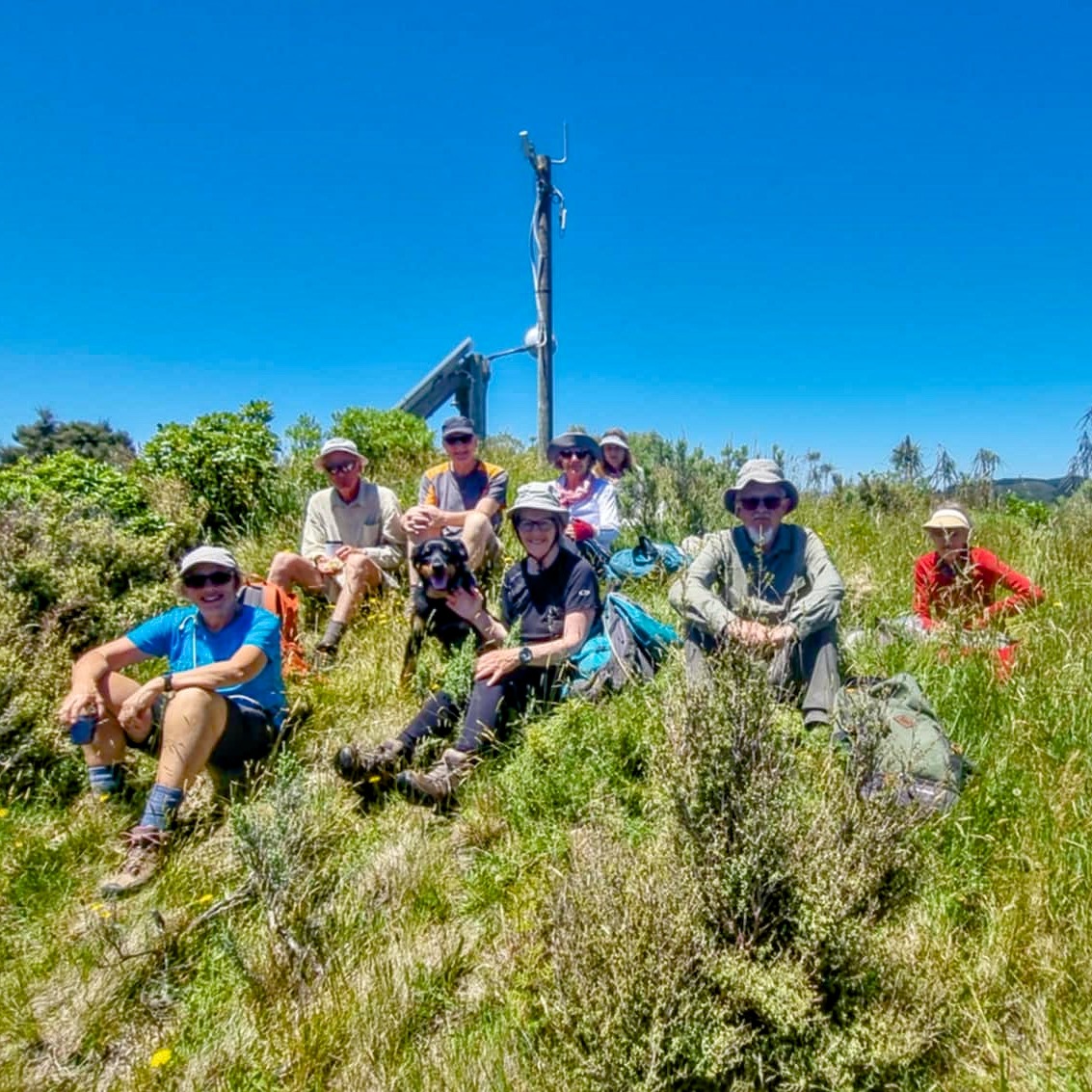Duntulm Carbon Farm
Duntulm Carbon Farm, owned by Celia Wade-Brown and Alastair Nicholson, is a regenerating forest , stream, and wetland in Wairarapa.
History
Māori arrived to the Wairarapa coast in the 1300s. Rangitāne, Ngāti Ira and Ngāti Kahungunu tribes settled in Wairarapa (Māori settlement – Te Ara Encyclopedia of New Zealand). The nearest known habitation to Duntulm Farm was Pā Punanga. There were abundant eels, freshwater kōura, birds, and many trees, fungi, and ferns that would have been used for food, shelter and decoration. Ngāti Kahukuraawhitia and Ngā Iwi Ahorua are Wairarapa hapū closely connected with the Mangatārere awa.
European settlers came to the Wairarapa in the 1840s and began logging and farming. Remnants of sawmill operations can be found at Duntulm Farm. This may have been the Booth “Breaking Down Mill”. Duntulm Farm was two of four blocks in a sheep and beef farm sold in 1987. Stock were excluded in the early 1990s. Regeneration by wind and birds has been rapid since.
Exploring on our electric side-by-side
Native Animals
We love to hear rūrū at night, tūī and bellbirds during the day, and many more birds. Kārearea (falcons)have even swooped on our hens. Lizards are increasing in number, with Raukawa geckos thriving in buildings and sheds, northern grass skinks, copper skinks and an occasional green gecko. Wētā, spiders, butterflies, moths, glowworms, and the velvet worm are often seen. The tuna love to be fed a fresh rat from our traps!
Native Plants
There are beautiful flowers, heady scents, and tasty morsels to enjoy in the bush. Since possums are under control, we’re delighted to see the red mistletoe, pikirangi, bloom vigorously. Some of the rimu trees are huge, with a circumference of several metres. There are many species of orchids, clematis and ferns to enjoy. Thanks to the Wellington Botanical Society, we have a plant list on the NZ Plant Conservation Network.
We also use the excellent citizen science app iNaturalist for both plants and animals. We’ve set up Duntulm Farm as a place so everyone can add their observations.
Predator Control
Inspired by our country’s Predator Free 2050 aims, we aim to restore the dawn chorus and work with neighbours in the Mangatārere Catchment to protect lizards, bats, insects and birds, regenerating the forests and wetlands, and re-introduce endemic species.
Greater Wellington Regional Council did extensive possum trapping in the 90s. More recently, OSPRI has dealt to both rats and possums to eradicate bovine tuberculosis as Duntulm Farm is in the buffer area between the Tararua Forest Park and farms with cattle. The Tararua Forest Park has had several aerial drops of 1080 which has suppressed predators. Since 2017 we have put out almost 200 traps, including DOC200s, A24s and AT220s. We also supervise targeted hunting of pigs and deer to protect the forest.
QE11 Covenants
We have put several permanent covenants on the title of our land to protect nature forever. The owners of land with QEII covenants share information and have support from well informed local representatives.
Power
The grid doesn’t reach our road, let alone our dwelling. The domestic needs of the cottage and sheds, including laundry, fridge, feezer, wood-turning and lights are met with a combination of solar and micro hydro power, with extensive battery banks. Space and water heating, and cooking, are mainly from modern low-emission woodfires. Our side-by-side “Peggy” is electric powered and gets up the steepest of tracks, carrying a electric chainsaw and drill to maintain tracks and traps. We also have two e-MTBikes. We fully support Electrify Wairarapa. We access Internet through a WizWireless repeater at the top of our hill.
Contact
To contact us please use the contact form and we will be in touch as soon as possible.
Visitors
We welcome trampers and botanical societies by arrangement.
